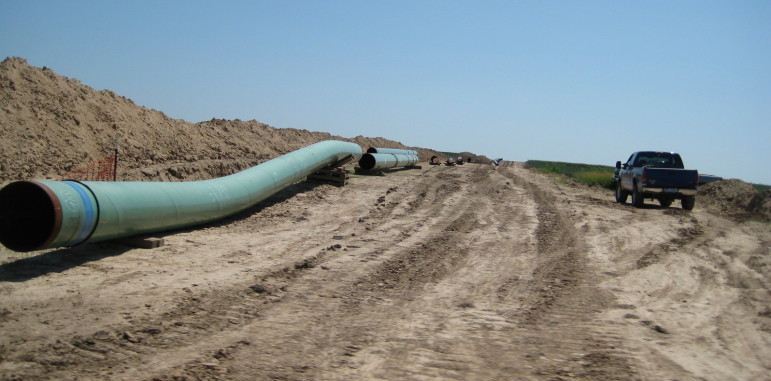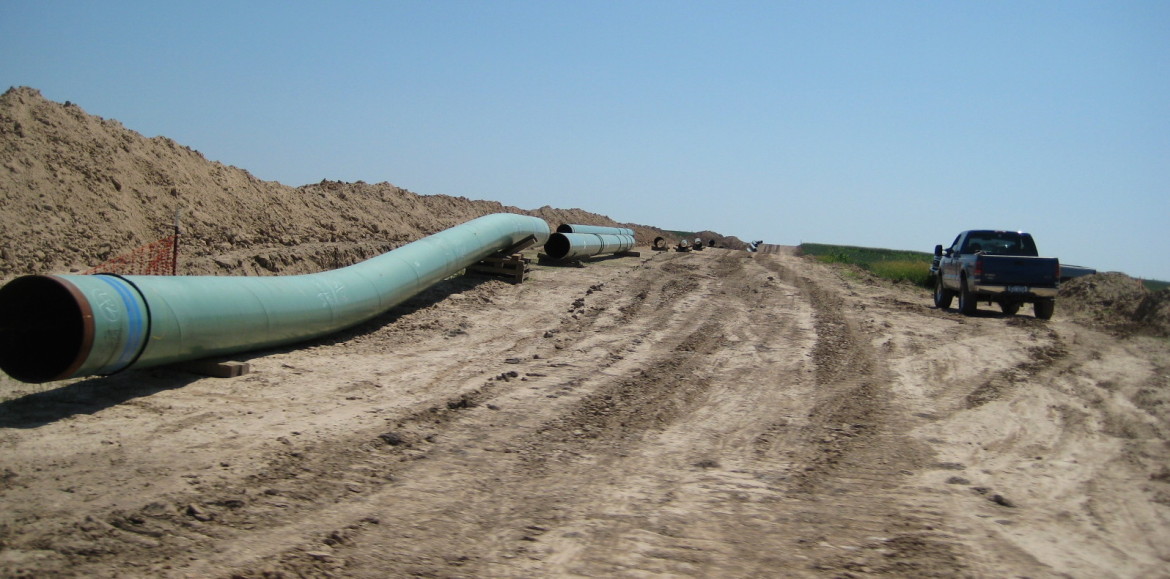
Wikimedia Commons
The Keystone XL is an extension of the Keystone Pipeline, an underground system that delivers crude oil from Canada to the United States.
The State Department largely underestimated the number of physical injuries and deaths possible if a Keystone XL pipeline proposal is rejected by the Obama administration.
The Keystone XL is an extension of the Keystone Pipeline, an underground system that delivers crude oil from Canada to the United States. The extension would extend from Alberta, Alta., to Steele City, Neb.
The original report (pdf), issued in January, examined the overall environmental impact of the Keystone XL proposal. The early report estimated that, if the pipeline proposal were to be rejected, an increase in the transportation of crude oil by rail would to lead to 49 bodily injuries per year. Corrected numbers issued Friday substantially raised that injury rate to 189, a nearly three-fold increase.
Deaths as a result of the increased rail traffic were originally estimated at six annually. Friday’s correction now more than quadruples that number to 28.
More details of the errors, along with a string of public comments related to the pipeline, were spelled out Friday in a State Department-issued “Errata” sheet (latin for “error”).
The State Department stands by the overall conclusion of its report on the environmental effects of the Keystone XL project, that not approving the pipeline greatly increases the dangers of transporting crude oil. And yet the Obama administration has controversially delayed its decision on the project, likely until after the November election. That decision by the White House has stirred dissension in the President’s own political base.








